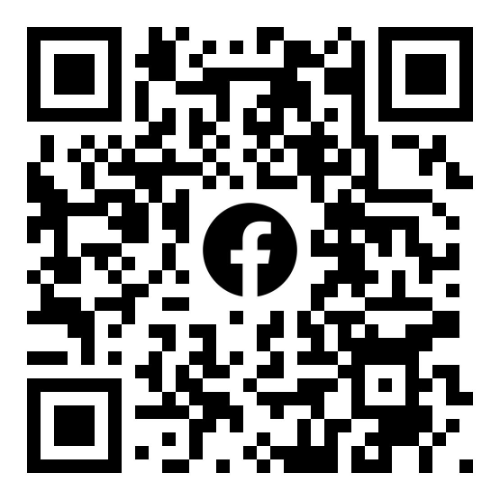Why a Data-Only SIM Card Beats Carrier Plans

Getting online shouldn't be complicated or expensive. Data-only SIM cards focus on what matters – keeping you connected without paying for unused voice and text services. Built specifically for prepaid mobile hotspots, they offer better value and flexibility than traditional carrier plans.
Why Do Data-Only SIM Cards Beat Traditional Carrier Plans?
Let's be honest – most carrier plans are loaded with stuff you don't need. You're paying for unlimited talk and text when all you really want is solid internet. Data-only SIM cards cut through this nonsense by focusing solely on what keeps you online.
| Comparison Factor | Data-Only SIM Cards | Traditional Carrier Plans |
| Pricing Transparency | Clear per-GB pricing, no hidden fees or surprise charges | Bundled pricing with various add-on fees and taxes |
| Contract Flexibility | Prepaid model, cancel or switch anytime without penalties | Usually require 1-2 year contracts with early termination fees |
| Data Optimization | Purpose-built for data transmission, consistent speeds | Mixed voice/text/data services may impact data performance |
| Device Compatibility | Works with various hotspot devices, routers, and modems | Primarily designed for smartphones, limited hotspot functionality |
The difference is pretty clear when you look at it side by side. Data-only SIM cards give you exactly what you're paying for – internet access – without forcing you into expensive bundles or lengthy contracts. This makes them perfect for people who prioritize getting online over making traditional phone calls. It's worth noting that while 1-2 year service contracts were once standard, many carriers now focus on device financing plans instead.
Unlimited Data SIM Cards for Hotspot Benefits
When you're seeking the best hotspot plans, you want something that actually works for the way you work and live. Unlimited data SIM cards, explicitly designed for hotspots, cover a few key areas that regular phone plans just can't.
Connect Multiple Devices Easily
Today's hotspots can support up to 10-15 devices simultaneously. If you're using multiple devices, such as a gaming console, smart TV, tablet, and laptop, or if you're offering internet to relatives, unlimited data SIM cards are designed to handle the increased traffic. Regular carrier plans throttle or charge extra when you exceed their hotspot caps – usually 10-15GB per month.
Get Fast and Stable Network Speeds
Most premium data-only plans offer typical LTE download speeds of about 25-50 Mbps, with some 5G plans offering real-world speeds averaging 70-200 Mbps in ideal conditions. That is adequate bandwidth for video calling, streaming, and even light gaming. Most standard carrier hotspot capabilities are deprioritized during periods of high usage, resulting in lower speeds when you need them most.
Monitor and Control Your Data Usage
Good unlimited data SIM cards usually come with apps or web-based dashboards that report live usage, speed tests, and data usage by device. This transparency lets you manage your connection and avoid any surprise slowdowns. Some come with customizable alerts so that you know precisely how much data you're using.
Use Unlimited Data SIM Cards Abroad
If you travel abroad, consider data-only providers that offer global roaming plans or operate in multiple countries, avoiding the exorbitant per-MB prices that leading carriers typically charge. That can save hundreds of dollars on international travel.
Unlimited data SIM cards for hotspots are designed around how people actually use the internet these days – multiple devices, significant bandwidth needs, and portability to take your connection wherever you go.
Best Situations to Use Prepaid Mobile Hotspot
Not everyone needs a data-only solution, but certain situations make prepaid mobile hotspots the easy choice. Prying open the switch can save you money and avoid potential issues.
Remote Work Situations
Working from home, co-working spaces, or client sites often means unreliable WiFi. A prepaid mobile hotspot with an unlimited data plan gives you a pro-level backup that won't depend on someone else's connection. And you can write it off as a business expense.
Travel and Business Applications
Road trips, camping, or frequent business travel are all much easier with your own mobile internet. Instead of trying to find WiFi or paying hotel internet fees, you've got a secure connection wherever there are cellular towers. This is especially invaluable for working travelers.
Smart Device Connectivity
IoT devices, smart home networks, and home security cameras usually need dedicated internet connectivity. Connecting them via a data-only SIM separates them from your leading household network and guarantees continuous uptime.
Emergency Backup Networks
When your home internet crashes – and it will – having a prepaid mobile hotspot on standby keeps you working. This is no longer an option for those who work at home or own online businesses.
These scenarios all share one thing in common: they need reliable internet without the headaches of traditional phone company plans.
How to Choose the Right Prepaid Hotspot Provider
Determining good hotspot plans can be somewhat of a headache, but if you do these steps, you'll avoid common pitfalls and discover providers who actually suit you.
Step 1: Check Network Coverage
Check coverage maps for specific sites—home, office, and travel areas. Check beyond advertised coverage and zoom in to see signal strength in those areas in which you'll be using it most. Carriers have been known to offer favorable coverage on paper that doesn't translate to in-world results.
Step 2: Match Speed to Your Needs
Determine how much you truly desire. Regular web surfing and email are adequate at 5-10 Mbps. Video calls need about 10-25 Mbps. Streaming 4K video or large file uploads often require 50-100 Mbps or more in practice. Do not pay for speeds you will not be using, but be sure you have plenty to spare for regular activities.
Step 2: Match Speed to Your Needs
Look for plans that enable plan-changing within one month, putting service on hold for travel, or upgrading/downgrading without penalty. The best hotspot plans do not put you under set terms but rather adapt themselves to meet evolving needs.
Step 4: Checking Customer Support Quality
Test support before you require it. How quickly do they respond to questions? Do they have support by phone as well as by email? Can you administer your account online without difficulty? Good support becomes relevant if you're counting on mobile internet for business or travel.
Spending time on these steps beforehand prevents future frustration and ensures you end up with an appropriate prepaid mobile hotspot solution regarding your lifestyle.
FAQs about Using a Data-Only SIM
Q1. Can I Use a Data-Only SIM in a Smartphone?
Definitely! The most data-only SIMs can be utilized for surfing, access to applications, and streaming. Just remember, though, you won't be able to receive regular voice calls and texts over the cell network. You'll still be able to have voice and text communications via voice over IP. In fact, some people prefer this configuration as it prevents spam calls, but they're always online. Make sure, though, that your smartphone needs to have an unlocked slot and provider network band support.
Q2. What Happens After the Unlimited Data Limit?
Thus, while they say "unlimited," most plans have those fair usage policies kicking in once you use a certain amount of high-speed data every month (often around 100-300 GB depending on provider). At this stage, your speeds will generally drop to 1-5 Mbps rather than just being turned off. This slower speed works fine for casual stuff, but it can struggle to keep up with HD streaming or heavy downloads. There do happen to be spiffy unlimited data SIMs for hotspots that don't throttle at all, but these come at significantly higher prices.
Q3. Do Hotspot SIM Cards Slow Down in Peak Hours?
Network prioritization differs profoundly across carriers and plans. High-end postpaid data plans tend to enjoy the same priority as postpaid voice customers, i.e., assured speed at all times, even during peak times. Budget prepaid plans tend to be deprioritized, i.e., slower speeds during 6-10 PM, i.e., when networks happen to be most busy. If your hotspot happens to be essential for work or streaming during peak evening hours, it'll be worthwhile to pay more for a plan ensuring priority network access during congestion times.
Make the Switch to Data-Only Today
Data-only SIMs are a much better means to manage mobile internet—they largely do what you essentially require rather than tying you down to expensive bundles. If you require a prepaid mobile hotspot to work remotely, are searching for the best hotspot plans to travel frequently, or require an unlimited data SIM to use alongside hotspots, these customized options offer more value for money and perform much better than standard carrier plans. Finally, say adios to those pesky fees and contract hassles. First, check out how coverage is in your neighborhood, then check out some providers to see which plan best fits your needs and budget for data. Your budget and your productivity will thank you for switching.


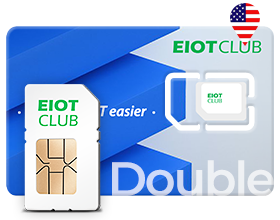


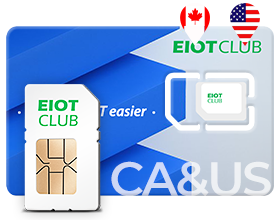

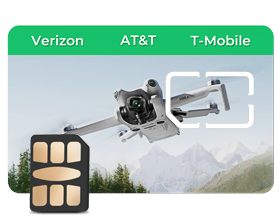
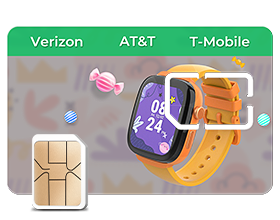
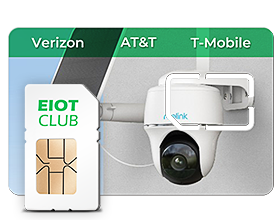
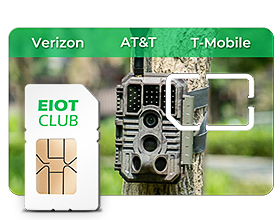
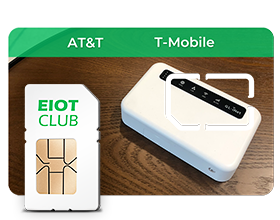
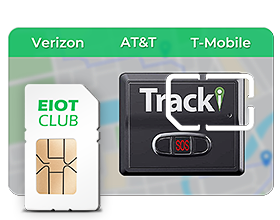
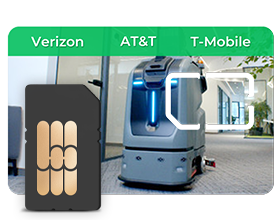











 Black Friday
Black Friday






